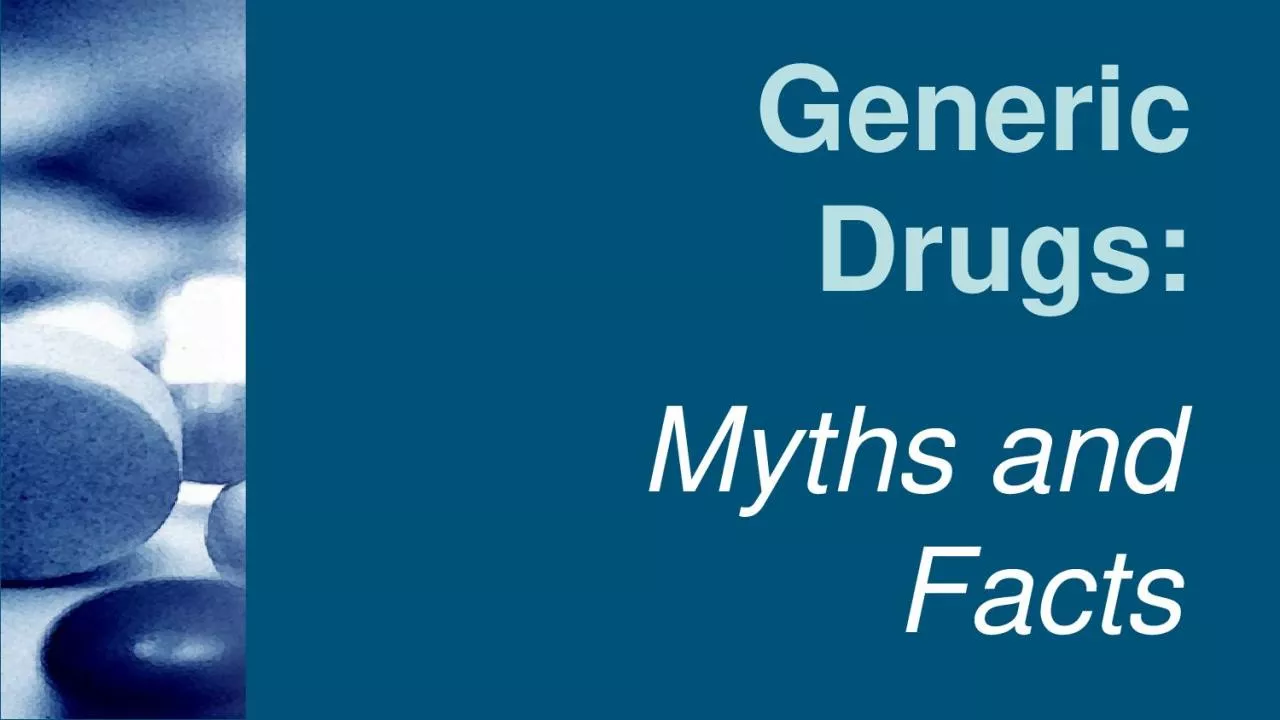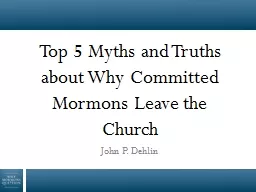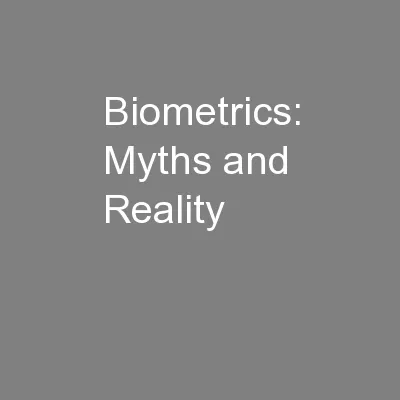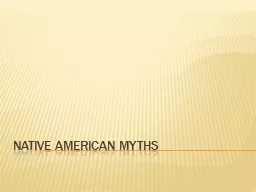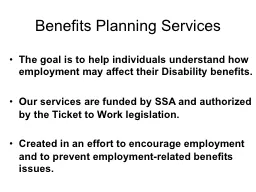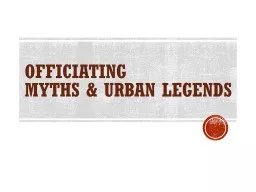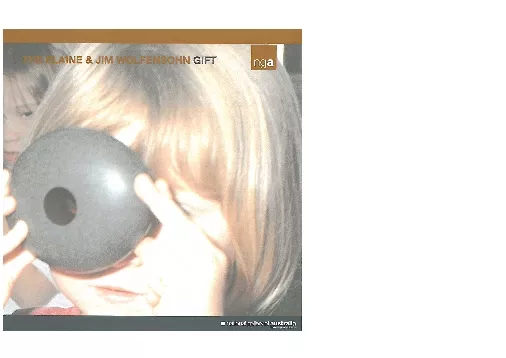PDF-Myths and Facts
Author : ceila | Published Date : 2022-10-11
Generic Drugs Important InformationThe slides will progress at their own pace Do notattempt to speed up the video The Post Test will only unlock after the entire
Presentation Embed Code
Download Presentation
Download Presentation The PPT/PDF document "Myths and Facts" is the property of its rightful owner. Permission is granted to download and print the materials on this website for personal, non-commercial use only, and to display it on your personal computer provided you do not modify the materials and that you retain all copyright notices contained in the materials. By downloading content from our website, you accept the terms of this agreement.
Myths and Facts: Transcript
Download Rules Of Document
"Myths and Facts"The content belongs to its owner. You may download and print it for personal use, without modification, and keep all copyright notices. By downloading, you agree to these terms.
Related Documents

